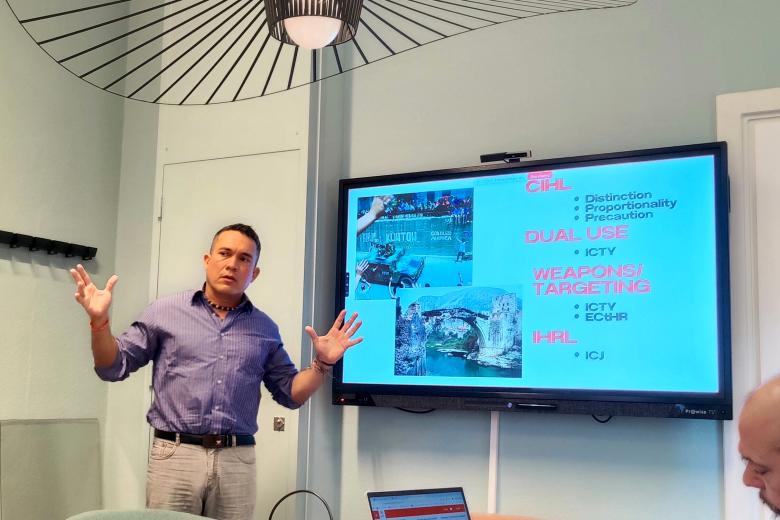Maastricht University enrolment remains stable
For the second consecutive year, the total number of students at Maastricht University has remained stable, standing at approximately 23,000. A slight increase in the number of new students – the intake – of almost 3% ‘compensates’ for last year's comparable decline.
Contrary to the national trend, the percentage of students from the Netherlands among new bachelor's students is rising slightly. At the same time, UM remains a university with a strong Euregional profile: the number of new students from the Euregio (the area within a 100-kilometre radius from Maastricht) is also rising slightly. This year, almost 60% of all students are from the Netherlands or the surrounding Euregio.
This is evident from UM’s provisional enrolment data. Provisional, because the exact number of students will only be clear at the beginning of 2026. Shifts will still take place in the first months of the academic year. The current figures are therefore used with some reservations and only in broad outline.
The provisional figures are in line with expectations and with UM policy, which takes into account what the city can accommodate, including student housing. In addition, the provisional figures are also in line with the agreements made jointly by Dutch universities to achieve a good balance in internationalisation, taking regional differences into account.
Such differences relate to the regional labour market and also to the profile of the university and the area in which it is established. For UM, this is a Euregional and European profile. This explains the high proportion of students from the EU. UM has a relatively modest number of students from outside Europe, accounting for approximately 7% of all UM students this year.
It is important to be aware of regional differences and to make use of regional opportunities. This applies not only to UM, but also to other educational institutions in Limburg and to every person and all institutions committed to a prosperous and healthy province. To this end, the number of students and, consequently, the range of programmes on offer in Limburg must remain at the current level. There are still significant shortages in the labour market. Training sufficient talent, including international talent, remains essential.
Also read
-
Andrés Caceres Solari on No room for Human Rights in Gaza and Ukraine: How the Law Legitimizes Urban Devastation
Pick Our Brains Session with Andres Caceres Solari

-
AMIBM hosts the final Realise-Bio conference
The Aachen Maastricht Institute of Biobased Materials (AMIBM) hosted last week the third and final Realise-Bio annual conference, bringing together the Dutch and German bioeconomy ecosystems at the Brightlands Chemelot Campus.

-
Macrophages as key to treating liver fibrosis
Sabine Daemen is researching how certain macrophages can slow down fatty liver disease and fibrosis in order to develop new therapies.
